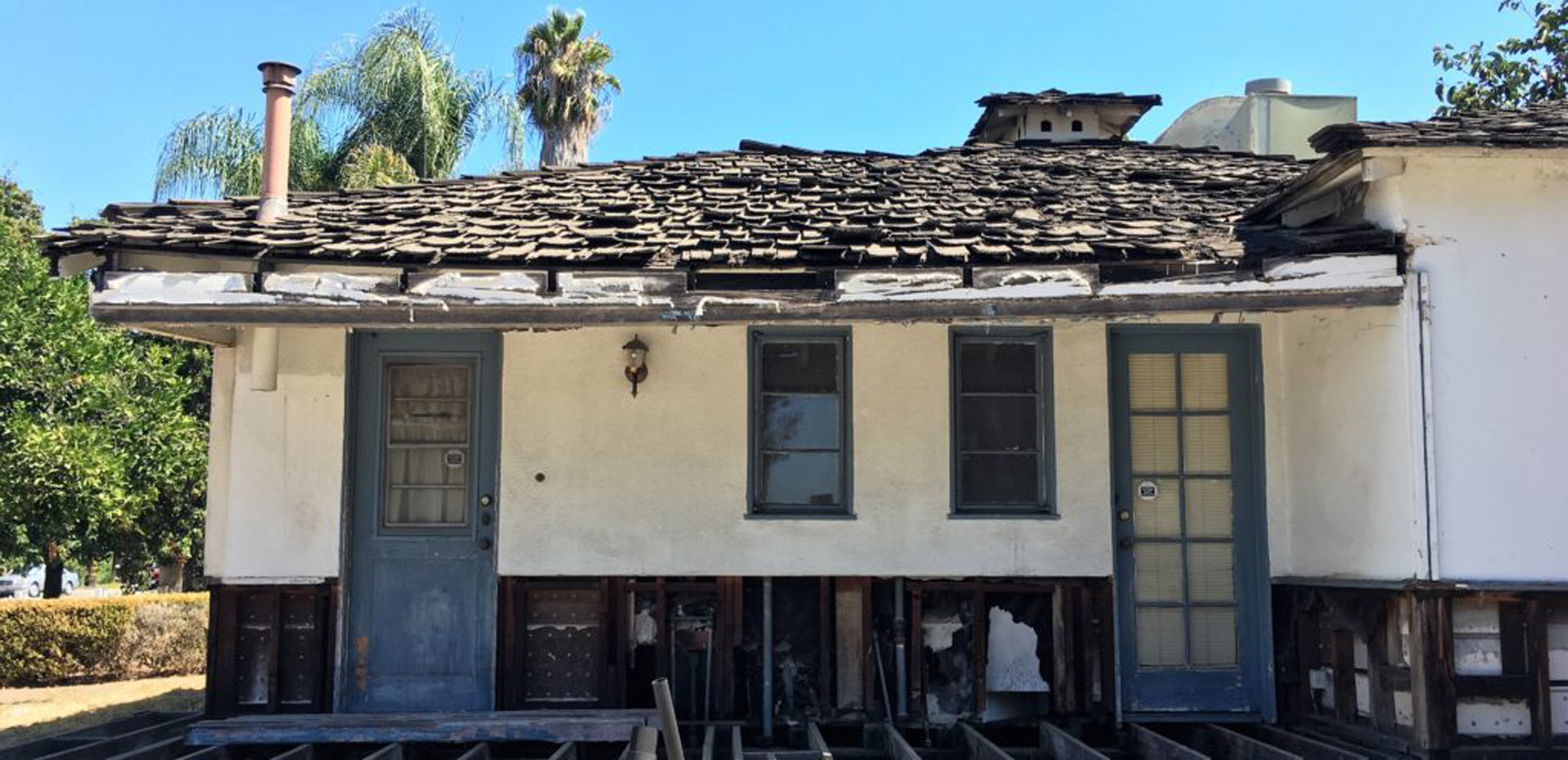Discounts given to Active Military, Veterans and First Responders
My Process
My inspection of a property begins long before I enter. Walking up to the beauty above, I realized it was going to be a long day…
-
What general condition is the lot’s hardscaping in? Is anything cracked or lifted? If so, how severely? Any hazards? Can the cause of the movement be determined?
How about the perimeter fencing? Are the block walls cracked or leaning? Is the metal fencing corroded or rusted? Are any portions of the metal or wooden fencing in contact with the ground? How do the retaining walls look? Are they installed correctly utilizing proper materials?
Are there any large, mature trees on the property? How close are they to the home’s foundation? Are any trees top-rooted? Do any trees or other shrubs contact the home or overhang the roof? -
What type of foundation is in place? Was the home built on grade, is it raised, or is there a combination of foundation types? Is the foundation poured concrete, concrete block or some other form? What condition is it in? Is there any cracking or other damage present?
-
The roof is obviously an extremely important portion of the inspection. Where possible, the roof system is evaluated on the surface. When walking the roof is not possible, the roof is inspected through a high powered lens from the ground and on ladders. A drone is sometimes used when deemed necessary. The underside of the roof is inspected in the attic when possible and any / all staining is noted and both tested with a moisture meter and scanned with thermal imaging.
-
Many aspects of the exterior are evaluated and tested for proper function with an emphasis on water intrusion. The siding and trim are evaluated for overall condition and any damage is noted. Any staining or discoloration is tested with a moisture meter and scanned with thermal imaging both inside and out. The electrical receptacles and fixtures are tested for proper function.
-
Many aspects of the garage are evaluated; the most important of these being the fire barrier. The access door is verified as a properly rated 20 minute fire barrier door and proper operation is verified. The fire barrier walls are also checked for gaps, holes or voids which could prevent proper function. The overhead door and opener are evaluated for proper function of the overall system and safety features. The ceiling, walls and floor are evaluated and checked for moisture and staining. All stains are identified and tested with a moisture meter and scanned with thermal imaging. Finally, the electrical receptacles and fixtures are evaluated for damage and proper function.
-
Many aspects of chimneys and fireplaces are evaluated starting at the chimney cap and crown and ending inside the home with the hearth and surround.
-
The plumbing system is evaluated form the point of entry to the last shower head. The location of the point of entry is noted. At the point of entry, the manifold is checked for a proper shut-off valve and pressure regulator. The type of piping is noted. System pressure is checked as is street pressure if possible. Any observed corrosion is noted as are any leaks.
-
The electrical system evaluation begins at the delivery method. Is electricity delivered above or below ground? The main and any sub panels are checked and are scanned with thermal imaging. All available receptacles and fixtures are tested for proper performance. GFCI and AFCI protection is verified when and where required. Proper grounding and bonding are verified as is correct polarity at the receptacles.
-
The inspection of the HVAC system(s) is expansive. Types and location of systems is noted. Components are evaluated for condition and performance. Finally, overall system performance of both the heating and cooling systems is evaluated.
-
Finally, we’re inside. Rest assured, I am just as thorough on the interior components of the home as I am on the exterior. Individual pages/sections are assigned to the kitchen, bathrooms, laundry, bedrooms, stairway, interior living spaces and smoke and carbon monoxide detectors and alarms.


